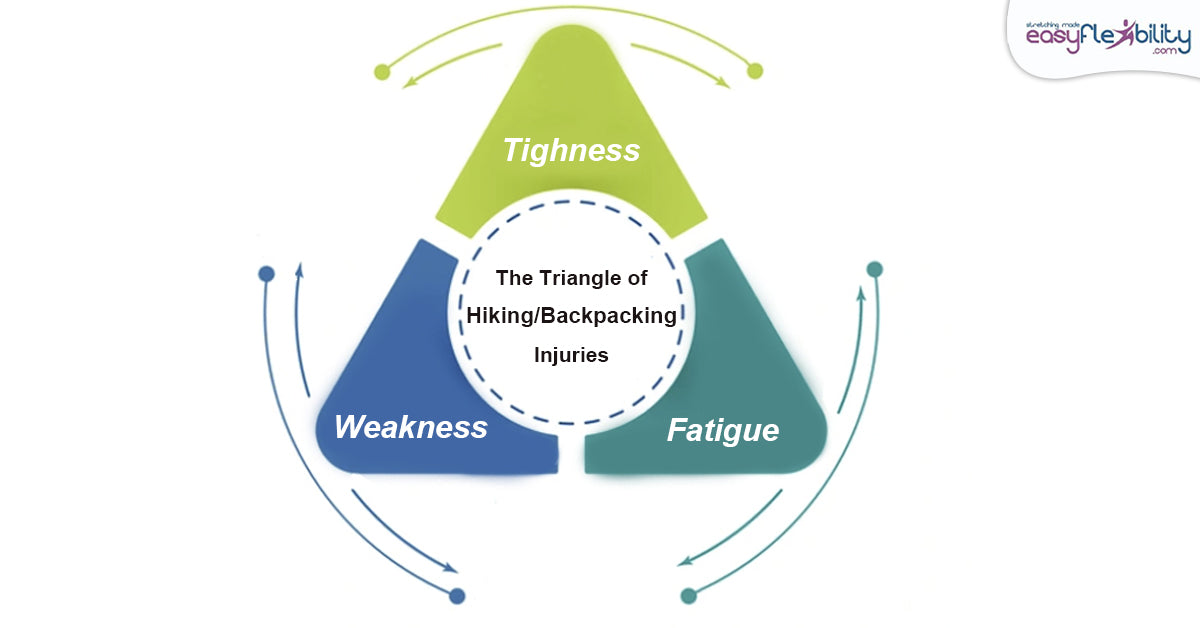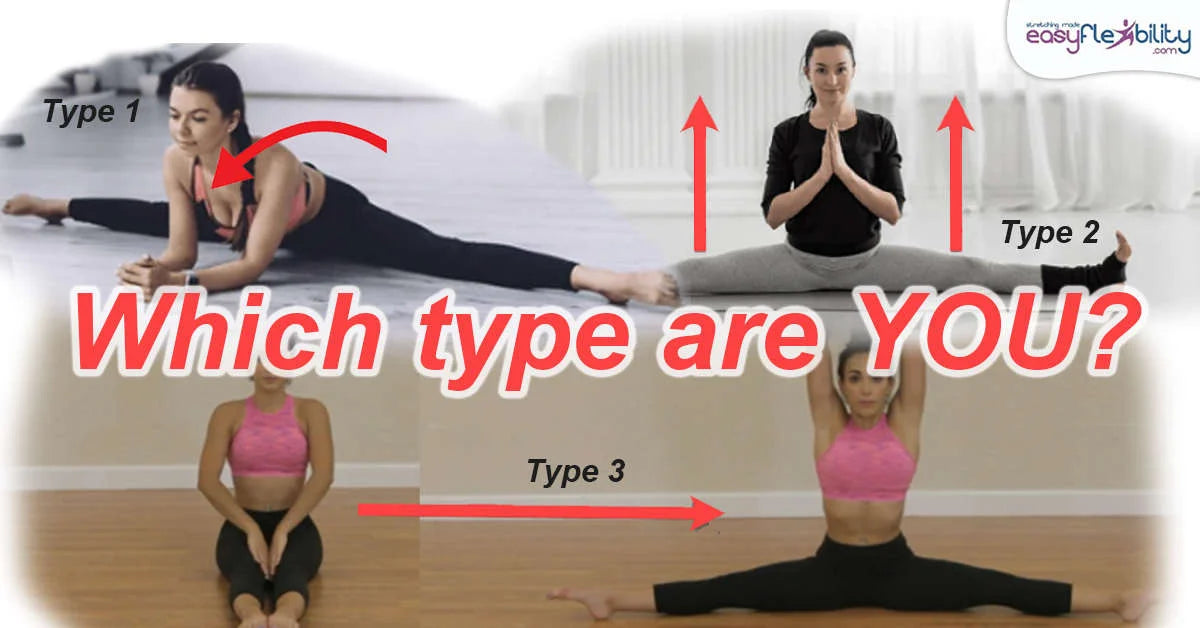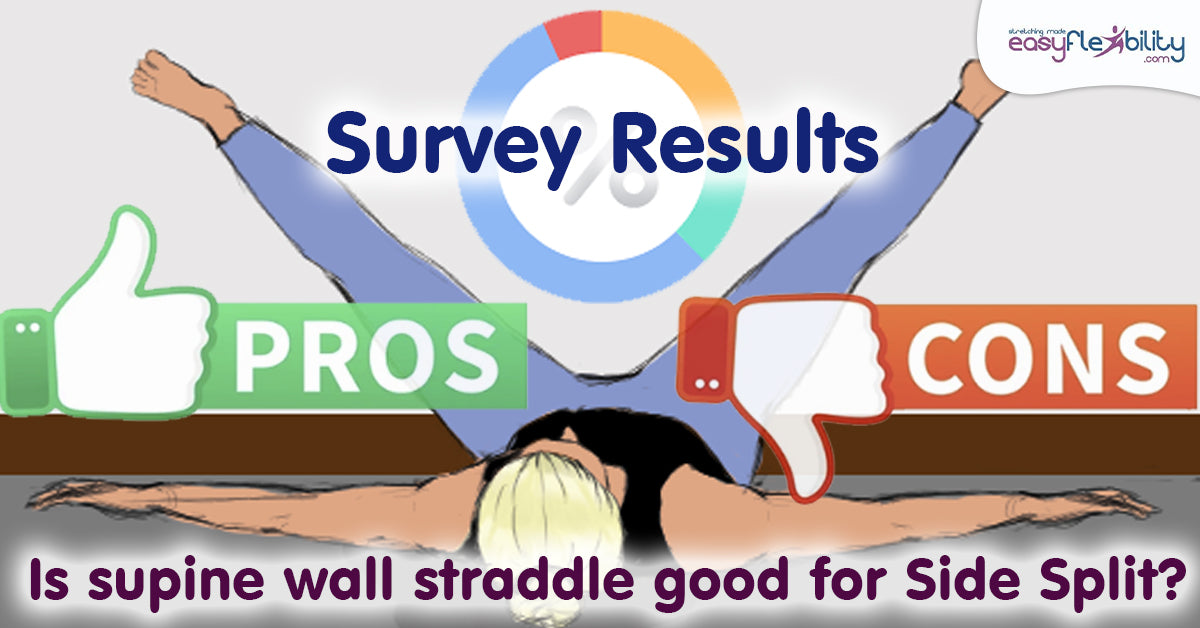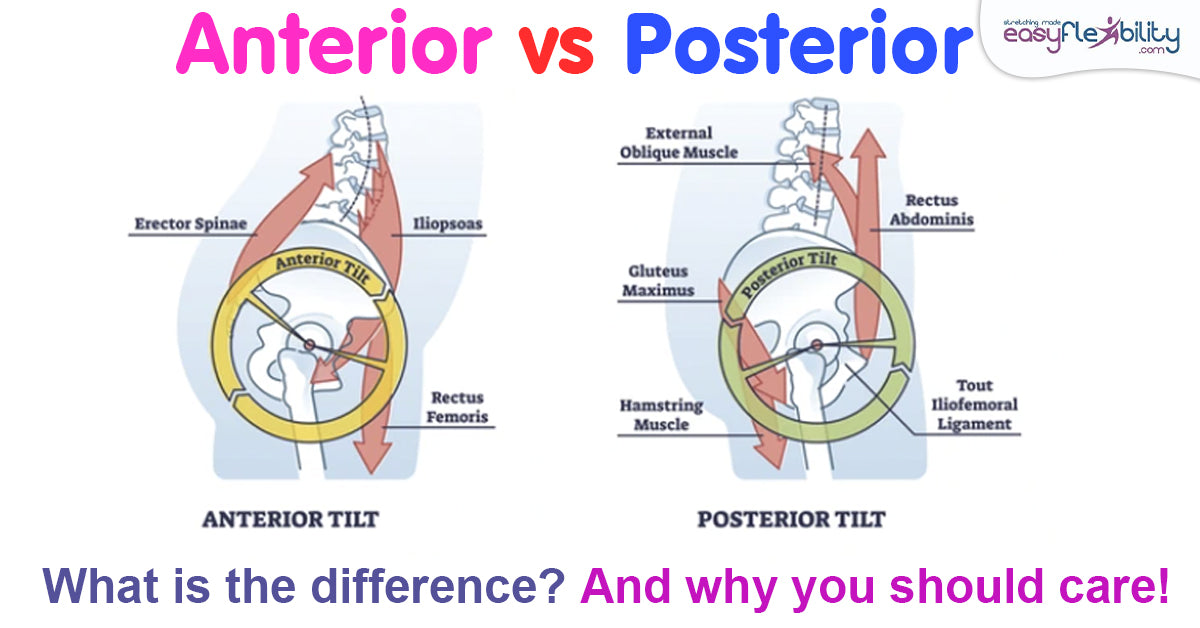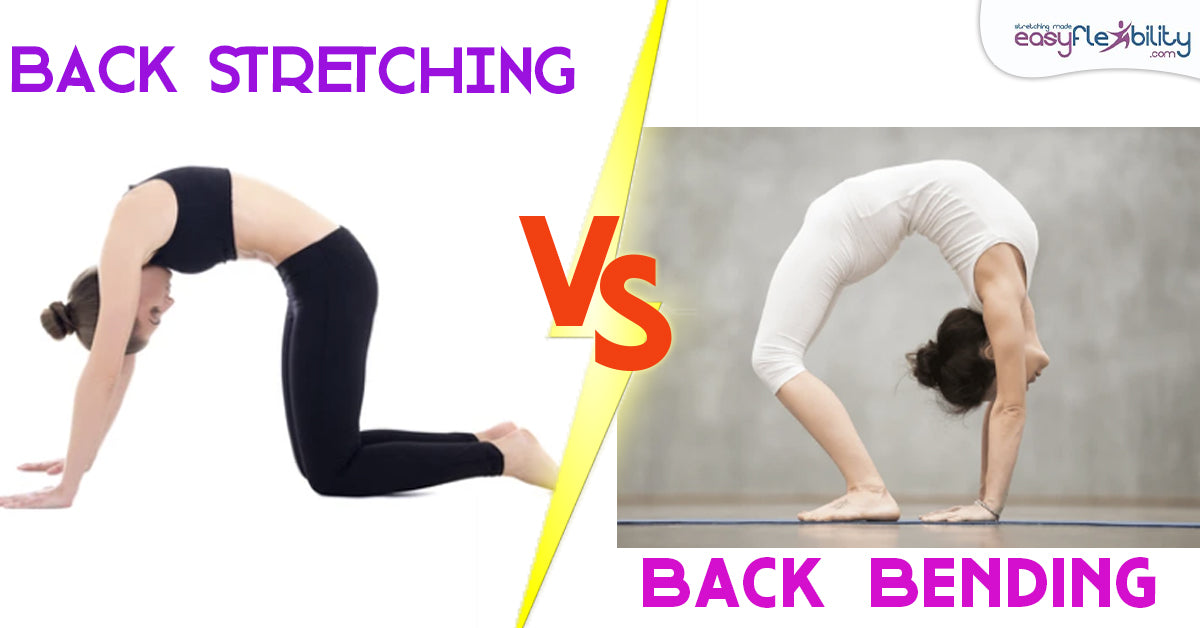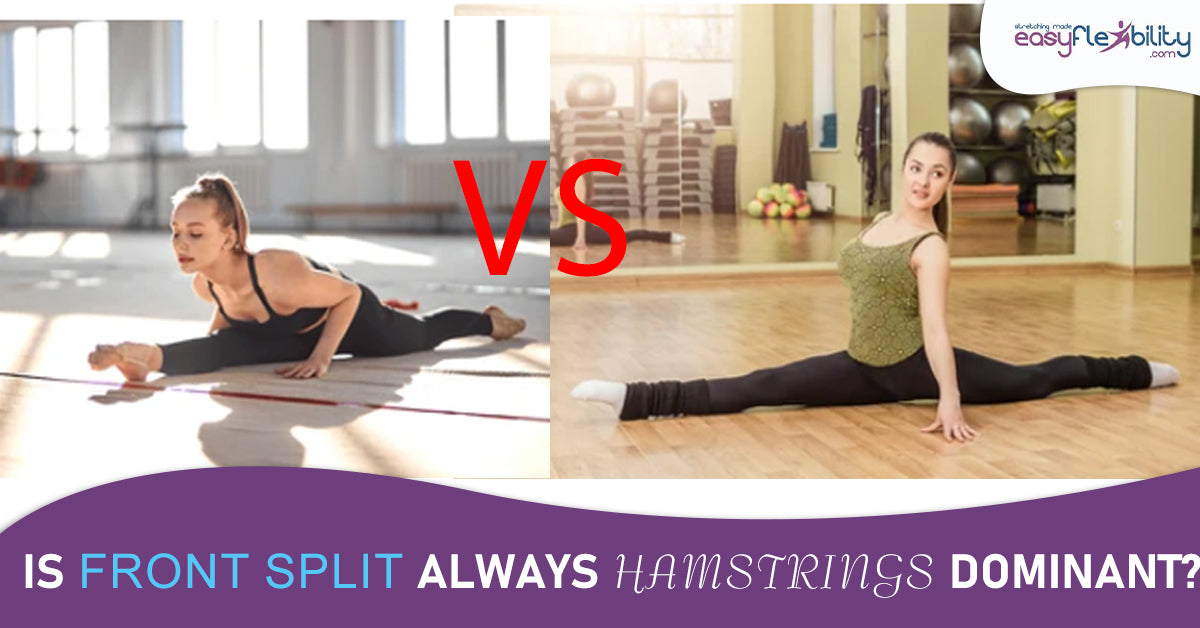What does your Penche Look like? Find Your Penché Flaw & Fix It Fast!
Posted by Paul Zaichik on

What Does Your Penché Look Like?
A penché is one of the most beautiful yet technically challenging moves in dance. While it looks effortless when done right, even the smallest misalignments can affect balance, height, and overall appearance.
In this guide, we’ll break down six common penché positions dancers struggle with. Find the picture that looks most like your current penché, discover why it happens, and learn how to fix it with targeted solutions. Let’s dive in and perfect that stunning penché!
In this guide, we’ll break down six common penché positions dancers struggle with. Find the picture that looks most like your current penché, discover why it happens, and learn how to fix it with targeted solutions. Let’s dive in and perfect that stunning penché!

Picture 1: Dropping the Torso While Lifting the Leg
A common mistake occurs when a dancer drops the torso forward while trying to lift the leg, instead of focusing on lifting the leg first until natural pressure begins to move the torso forward.
A common mistake occurs when a dancer drops the torso forward while trying to lift the leg, instead of focusing on lifting the leg first until natural pressure begins to move the torso forward.
Why Does This Happen?
The major reason is a lack of short-range strength in the leg muscles, specifically the glutes. These muscles must contract effectively when the joint is as closed as possible, which is challenging because muscles prefer to work in mid-range rather than short-range positions.
When the dancer cannot lift the leg further due to this limitation, they compensate by dropping the torso. A lack of short-range strength in the torso can worsen the issue, as both weaknesses often occur together.
Solution:
Our Penché Training Program addresses both short-range strength in the legs and torso.
The major reason is a lack of short-range strength in the leg muscles, specifically the glutes. These muscles must contract effectively when the joint is as closed as possible, which is challenging because muscles prefer to work in mid-range rather than short-range positions.
When the dancer cannot lift the leg further due to this limitation, they compensate by dropping the torso. A lack of short-range strength in the torso can worsen the issue, as both weaknesses often occur together.
Solution:
Our Penché Training Program addresses both short-range strength in the legs and torso.

Picture 2: Turnout of the Supporting Leg
Some dancers struggle to turn out the supporting leg while performing a penché.
Some dancers struggle to turn out the supporting leg while performing a penché.
Why Does This Happen?
This issue is due to a lack of flexibility in the muscles that turn the leg inward (adductors and pectineus) and insufficient strength in the muscles that turn the leg outward (deep six lateral rotators).
This issue is due to a lack of flexibility in the muscles that turn the leg inward (adductors and pectineus) and insufficient strength in the muscles that turn the leg outward (deep six lateral rotators).
Solution:
While our Penché Training Program touches on turnout, our specialized Turnout Program offers targeted training. This program has helped many dancers improve their turnout significantly.
While our Penché Training Program touches on turnout, our specialized Turnout Program offers targeted training. This program has helped many dancers improve their turnout significantly.

Picture 3: Shoulders Not Remaining Squared
Shoulders often lose their squared position during a penché.
Shoulders often lose their squared position during a penché.
Why Does This Happen?
One frequent cause is that the hips open up, which causes the shoulders to follow. This typically happens when the supporting leg lacks flexibility, leading the dancer to compensate by opening the hips to lift the back leg higher.
One frequent cause is that the hips open up, which causes the shoulders to follow. This typically happens when the supporting leg lacks flexibility, leading the dancer to compensate by opening the hips to lift the back leg higher.
Opening the hips reduces the need for flexibility in the lateral hamstrings, which are usually tighter than the medial hamstrings in most dancers.
Solution:
Our Penché Training Program specifically addresses this issue. Additionally, dancers with very tight hamstrings may benefit from our three-level Hamstring Flexibility Program, which progresses from beginner to advanced.
Our Penché Training Program specifically addresses this issue. Additionally, dancers with very tight hamstrings may benefit from our three-level Hamstring Flexibility Program, which progresses from beginner to advanced.

Picture 4: Foot Position of the Lifted Leg
The foot of the lifted leg may not maintain its proper position.
The foot of the lifted leg may not maintain its proper position.
Why Does This Happen?
Sometimes, this is due to weak or inflexible feet and ankles. In such cases, our Foot and Ankle Program can help strengthen and increase flexibility in these areas.
Sometimes, this is due to weak or inflexible feet and ankles. In such cases, our Foot and Ankle Program can help strengthen and increase flexibility in these areas.
However, more commonly, dancers become so focused on achieving correct positions for the torso and legs that they neglect the foot's placement. Once the body’s positioning becomes less challenging, dancers can focus more on the foot's alignment.
Solution:
Start by strengthening the supporting leg, lifted leg, torso, and arm positioning with our Penché Training Program. Afterward, refine the foot’s position with our Foot and Ankle Program if needed.
Solution:
Start by strengthening the supporting leg, lifted leg, torso, and arm positioning with our Penché Training Program. Afterward, refine the foot’s position with our Foot and Ankle Program if needed.

Picture 5: Leg Moves to the Side Instead of Directly Behind the Torso
The lifted leg might move outward rather than staying aligned behind the torso.
Why Does This Happen?
One cause is limited flexibility in the supporting leg. If the leg cannot lift directly behind the torso, it moves outward to compensate. This is similar to what happens when people attempt splits on the ground.
Another reason could be uneven strength distribution in the lifted leg, often influenced by previous training in other dance styles, martial arts, or gymnastics. Dancers may develop stronger muscles in specific areas, leading to a tendency to lift the leg sideways rather than directly behind.
Solution:
Our Penché Training Program works on all these issues by targeting flexibility and strength in both legs.
The lifted leg might move outward rather than staying aligned behind the torso.
Why Does This Happen?
One cause is limited flexibility in the supporting leg. If the leg cannot lift directly behind the torso, it moves outward to compensate. This is similar to what happens when people attempt splits on the ground.
Another reason could be uneven strength distribution in the lifted leg, often influenced by previous training in other dance styles, martial arts, or gymnastics. Dancers may develop stronger muscles in specific areas, leading to a tendency to lift the leg sideways rather than directly behind.
Solution:
Our Penché Training Program works on all these issues by targeting flexibility and strength in both legs.

Picture 6: Bending the Supporting Leg
The supporting leg may bend when it should remain straight.
The supporting leg may bend when it should remain straight.
Why Does This Happen?
This typically results from a stretch reflex in the hamstrings or gastrocnemius muscle. When these muscles are pushed beyond their comfortable range while supporting weight, the reflex causes the knee to bend.
Additionally, the muscles in the back of the supporting leg must have both flexibility and the ability to lengthen under tension. If either factor is missing, the leg will bend when the lifted leg goes higher.
In some cases, the dancer may have enough flexibility to do a full split on the floor but lack the strength to maintain that flexibility while standing. This strength deficit causes the supporting leg to bend as the lifted leg rises.
This typically results from a stretch reflex in the hamstrings or gastrocnemius muscle. When these muscles are pushed beyond their comfortable range while supporting weight, the reflex causes the knee to bend.
Additionally, the muscles in the back of the supporting leg must have both flexibility and the ability to lengthen under tension. If either factor is missing, the leg will bend when the lifted leg goes higher.
In some cases, the dancer may have enough flexibility to do a full split on the floor but lack the strength to maintain that flexibility while standing. This strength deficit causes the supporting leg to bend as the lifted leg rises.
Solution:
Our Penché Training Program addresses both flexibility and strength development. For dancers needing extra hamstring flexibility, our three-level Hamstring Flexibility Program provides tailored progressions from beginner to advanced levels.
Our Penché Training Program addresses both flexibility and strength development. For dancers needing extra hamstring flexibility, our three-level Hamstring Flexibility Program provides tailored progressions from beginner to advanced levels.


Penche Strength & Flexibility Training at HomeFROM EASIEST TO ADVANCED
This Penche program will help you to be able to do a penche pose in Ballet, steadily, safely, painlessly and quickly with the use of the Proprietary Zaichik Stretching Techniques and Supporting Exercises.
- See visible results in 1 to 3 easy follow along workouts.
- Unique muscle by muscle isolation stretching techniques.
- Fast Progress.
- Permanent Results.
- No Pain.
- No Injuries.
- Flexibility & Strength combined.
- For all ages.
- 30 – 40 minute workouts, 2 – 3 times a week.
- All videos contain subtitles.
- Train at home. At your own pace. On any device.
- Instant Lifetime Access.
- No hidden fees. No strings attached. No surprises.

About the Author:
Paul Zaichik is an Exercise Science Expert, author of multitude of books, and the creator of Zaichik Stretching Technique (formely known as Kinesiological Stretching Technique). His speciality is flexibility training as well as body weight conditioning. His innovative method is designed to have maximum carry over into specific athletic techniques. Paul is the author of books and DVD’s on the topic of flexibility, martial arts and bodyweight training. Over the years, Paul Zaichik has worked with a variety of individuals including athletes, entertainers, and military personnel. His ElasticSteel Method of Athletic Conditioning programs, EasyFlexibility Programs and Zaichik Stretching Techniques are used world wide by both professional and amateurs with great success.
Share this post
0 comment

